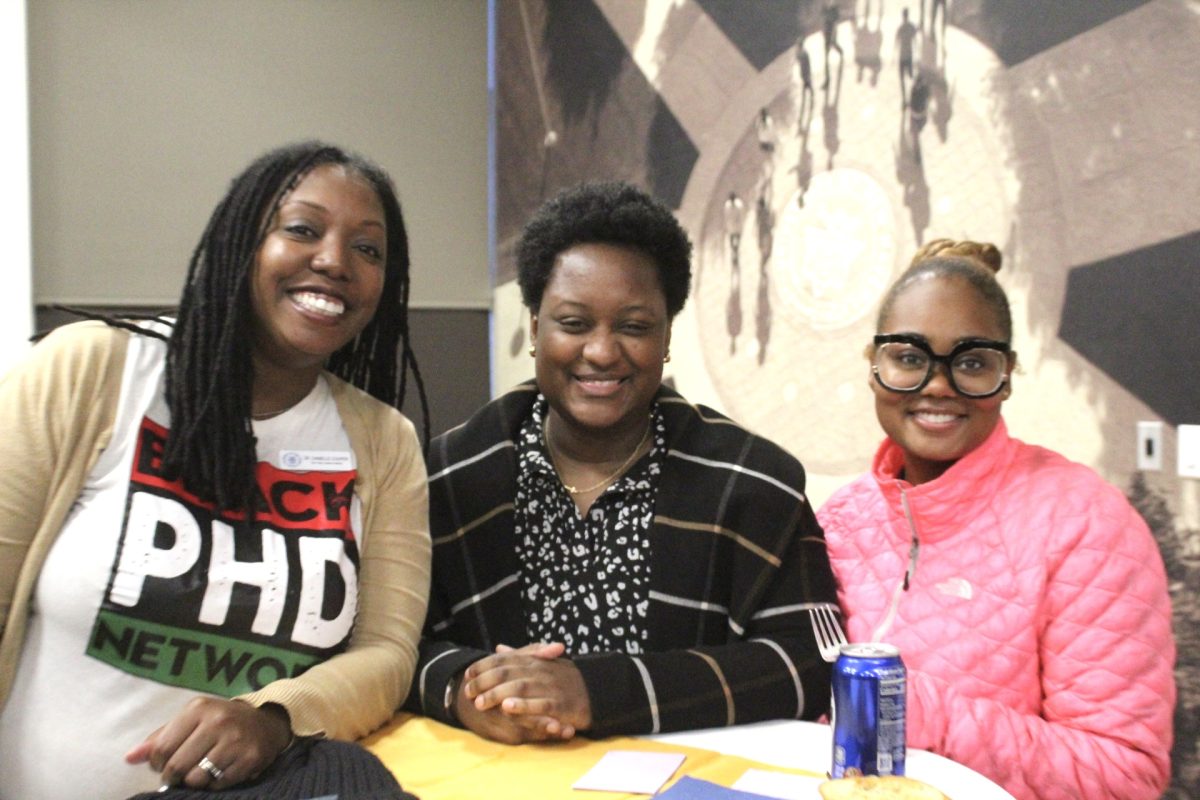Many people know very little about Jewish Holidays, except that maybe they got the day off from school when these holidays came around. But like any other holiday, Rosh Hashanah and Yom Kipper are two very important days on the Jewish calendar. Though all people do not celebrate these two days like they would others, the history and traditions behind them are worth learning about, because they do hold a lot of importance for so many people.
Rosh Hashanah is the Jewish New Year and is one of the high holy days in the Jewish religious calendar. In Hebrew, Rosh Hashanah translates to mean “head of the year” or “first of the year.” It is celebrated on the first day of Tishri, the seventh month of the Jewish calendar, and it is known as the Day of Remembrance because it commemorates the creation of the world. Marking the beginning of the Ten Days of Repentance, also known as the Days of Awe, there is a ten-day period of reflection and remembrance that leads up to Yom Kippur.
The first mention of Rosh Hashanah is found in the book of Leviticus in the Hebrew Testament. Rosh Hashanah is celebrated on the first day of the month of Tishrei, which falls in September or October in the modern calendar. In the Hebrew Testament, Tishrei is considered the seventh month of the calendar, not the first. Just as the seventh day of the week is considered special, so is the seventh month of the year. The most important, or High Holidays, are celebrated in Tishrei and it is considered to be a very holy month.
Rosh Hashanah is a more subdued and contemplative holiday, but no work is permitted and religious Jews spend the day in synagogue. Religious services for the holiday often focus on the sovereignty and judgment of God and use an extended version of the liturgy. The shofar, or ram’s horn, is blown, and one of the important observances of the holiday is hearing the shofar in the synagogue.
One custom on Rosh Hashanah is to eat a round Challah instead of the normal braided ones to symbolize the circle of life. Apples, honey, and pomegranates are eaten during this time.
Honey is used in many dishes during this holiday to symbolize the want of a sweet new year. Pomegranates are eaten because of the many seeds that they contain. The seeds symbolize the 613 commandments that are found in the Torah. It is also a custom to eat a fruit that has recently come into season or one that has not yet been eaten (for at least 30 days) to symbolize the New Year.
The ten days between Rosh Hashanah and Yom Kippur are a time for introspection, prayer and good deeds. These days are a time to examine the sins of the previous year and repent before Yom Kippur. One of the traditions of the Days of Awe is to make amends and seek reconciliation with any people you may have wronged or harmed during the year. Yom Kippur is a day of atonement for sins with God, the days preceding it are for atonement for transgressions against others.
Yom Kippur is celebrated on the 10th day of Tishrei, 10 days after Rosh Hashanah. Yom Kippur is first mentioned in Leviticus 23:27 where it is described as a day of atonement when no work should be done. The text goes on to describe the special rites that the priests would do to expiate the sins of the people. One of these rites takes the people’s sins and symbolically places them onto an animal which is then driven out into the wilderness. This rite is the origin of the term “scapegoat”.
Because Jews go by the lunar calendar, Yom Kippur begins at sunset, and ends one hour after sunset of the following day totaling 25 hours. Yom Kippur is so important to the Jews that it is sometimes referred to as “the Sabbath of Sabbaths” and is the only fast day that can fall on Saturday (the Jewish Sabbath). The day is spent in Synagogue praying and supplicating to God to be sealed in the book of Life.
Yom Kippur is not a sad day; it is a day of reflection and atonement. Fasting is used not as a punishment, but as a cleansing of the body as well as the spirit. Some Jews stay in the synagogue all day and only take one small break between prayers. Because the day is very important, there are five different prayer services instead of the four that appear on a regular Sabbath. Yom Kippur ends with a long resonating Shofar blast followed by the breaking of the fast; this marks the end of the ten day long period of repentance and reflection.







